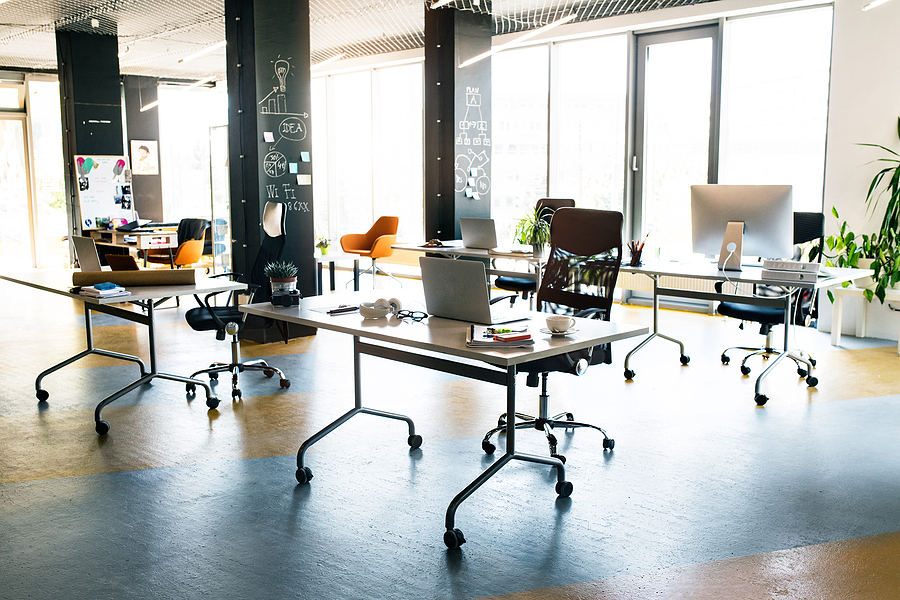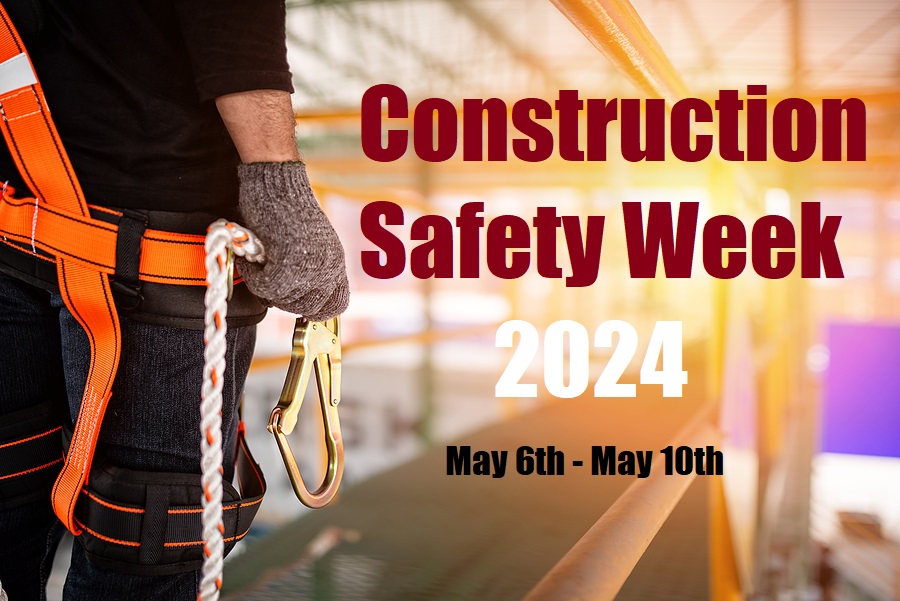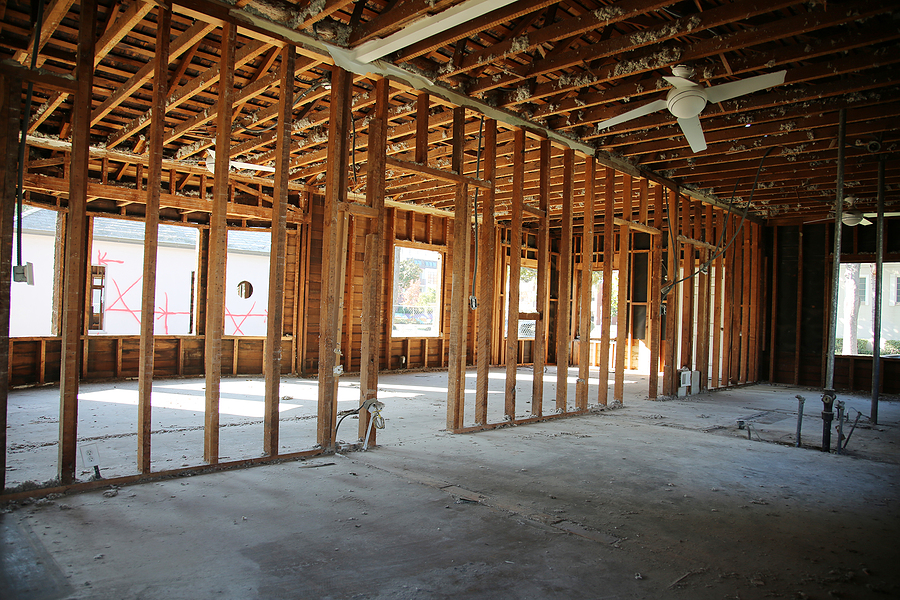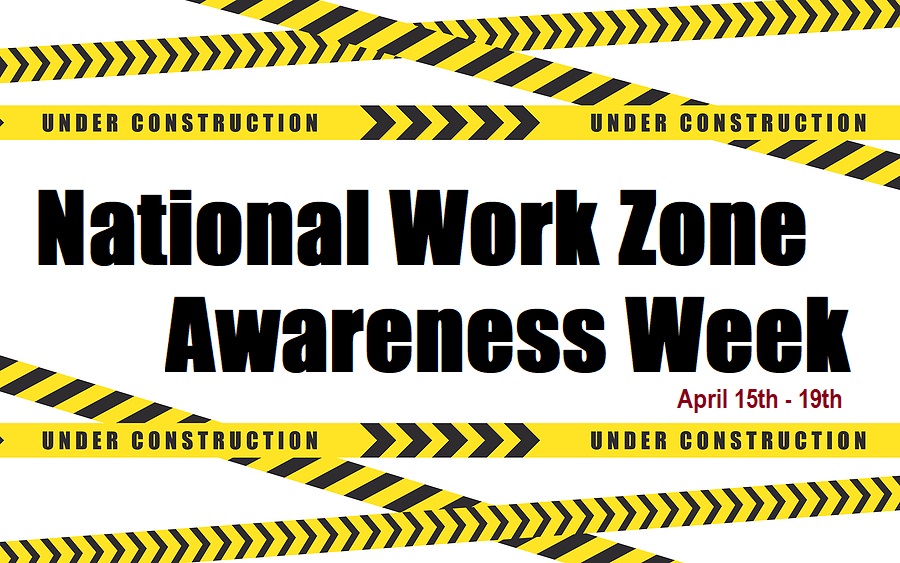As a commercial tenant, the end of your lease term marks a significant transition. Properly managing this period can save you time, money, and potential disputes with your landlord. To help ensure a smooth and efficient transition, we’ve put together the ultimate end-of-lease checklist for commercial tenants. This guide will walk you through everything you need to know to effectively manage this process.
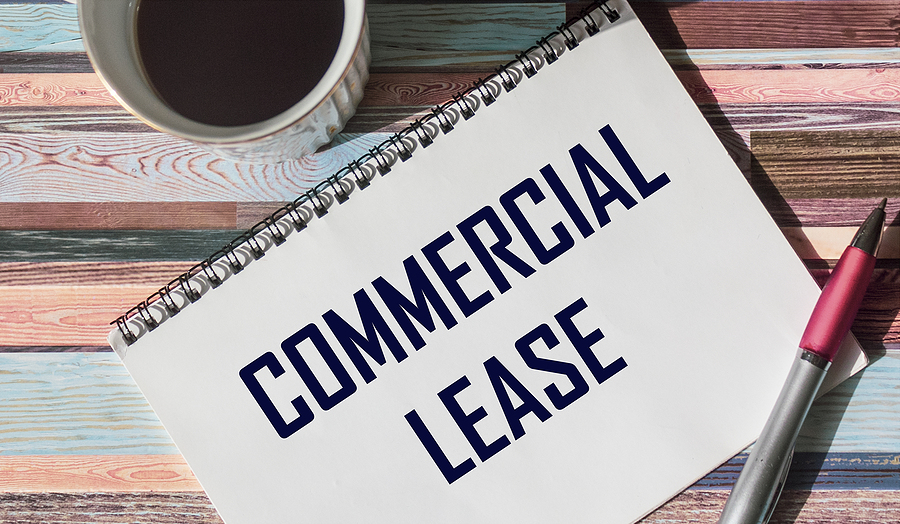
What to Expect From the End-of-Lease Process
The end-of-lease process is a pivotal moment for any commercial tenant. It involves several critical steps that, if handled correctly, can mitigate potential issues and ensure a seamless transition out of the leased space. Follow these steps to navigate the end-of-lease process with confidence and ease.
Preparing for the End of Tenancy
Preparation is key to a successful end-of-lease transition. Start planning well in advance—ideally, several months before your lease expires. Here are the steps you should take:
- Review Your Lease Agreement: Revisit the terms and conditions of your lease to understand your obligations and responsibilities.
- Notify Your Landlord: Provide formal notice of your intent to vacate as specified in your lease agreement, typically 30 to 90 days in advance.
- Plan for Moving Logistics: Coordinate with movers, schedule utilities shut-off, and plan for any necessary equipment relocations.
- Document the Condition of the Space: Take photos and videos of the current state of the premises to document its condition before you start making any changes.
Conducting an End of Lease Inspection
A comprehensive inspection of the leased space is crucial for identifying any areas that need attention before handing over the keys. Follow these guidelines:
- Create a Checklist: Develop a detailed checklist that covers all areas of the property, including interior and exterior spaces.
- Inspect for Damages: Look for any damages or wear and tear beyond normal use. Pay particular attention to walls, flooring, fixtures, and any installed equipment.
- Check Compliance with Lease Terms: Ensure that any modifications made during your tenancy comply with the lease terms and local regulations.
- Engage Professional Inspectors: Consider hiring professional inspectors to identify any hidden issues that could be overlooked.
Understanding Commercial Lease Terms
Familiarizing yourself with the key lease terms that impact the end-of-lease process is vital. Here are some important factors to consider:
- Repair and Maintenance Obligations: Identify any repair and maintenance responsibilities outlined in your lease agreement.
- Restoration Requirements: Understand if you need to restore the premises to its original condition or if certain alterations can remain.
- Security Deposit Conditions: Review the conditions under which your security deposit will be returned and any deductions that may apply.
- Early Termination Clauses: Check for any penalties or requirements if you plan to terminate the lease before its natural end date.
Communicating with the Landlord
Clear and open communication with your landlord can prevent misunderstandings and foster a cooperative relationship. Here are some best practices:
- Schedule Regular Updates: Keep your landlord informed about your end-of-lease plans and any progress made in fulfilling lease obligations.
- Request Walkthroughs: Arrange for joint inspections with your landlord to address any concerns or required repairs collaboratively.
- Negotiate Flexibility: Discuss potential flexibility in lease terms, such as extensions or adjustments to restoration requirements, if needed.
- Maintain Professionalism: Always communicate professionally and document all interactions for future reference.
Legal and Financial Considerations
Navigating the legal and financial aspects of the end-of-lease process is critical to avoid potential disputes and additional costs. Consider the following:
- Consult Legal Counsel: Engage a qualified attorney to review your lease agreement and provide guidance on legal obligations.
- Settle Outstanding Payments: Ensure all rent, utility bills, and other financial obligations are settled before vacating the premises.
- Address Disputes Promptly: Resolve any disputes with your landlord promptly and seek mediation if necessary.
- Compliance with Regulations: Verify that all activities related to the end-of-lease process comply with local laws and regulations.
Finalizing the End-of-Tenancy Transition
As you approach the final stages of your lease, follow this comprehensive checklist to ensure a smooth transition:
- Cleaning: Deep clean the premises, including carpets, windows, and fixtures, to meet the standards outlined in your lease.
- Repairs and Maintenance: Complete all necessary repairs and maintenance tasks to restore the premises to its original condition.
- Remove Personal Property: Ensure all personal belongings, equipment, and inventory are removed from the space.
- Return Keys and Access Devices: Hand over all keys, access cards, and security devices to the landlord as specified in your lease.
- Finalize Documentation: Complete any required paperwork, such as a move-out checklist or final inspection report.
Conclusion
Successfully navigating the end-of-lease process requires careful planning, clear communication, and attention to detail. By following this end-of-lease checklist, commercial tenants can ensure a smooth transition and minimize potential issues. Remember, being proactive and organized is the key to a successful lease termination.
Are you planning to vacate your commercial space soon? Contact BAF Corporation at 317-253-0531 for expert assistance with commercial remodeling or renovations to ensure your space is in top condition. Let us help you make your end-of-lease transition seamless and stress-free.
Related Posts:
Options for Getting Out of a Commercial Lease
How to Lease the Right Office Space
Factors to Consider Before Signing a Commercial Office Lease


